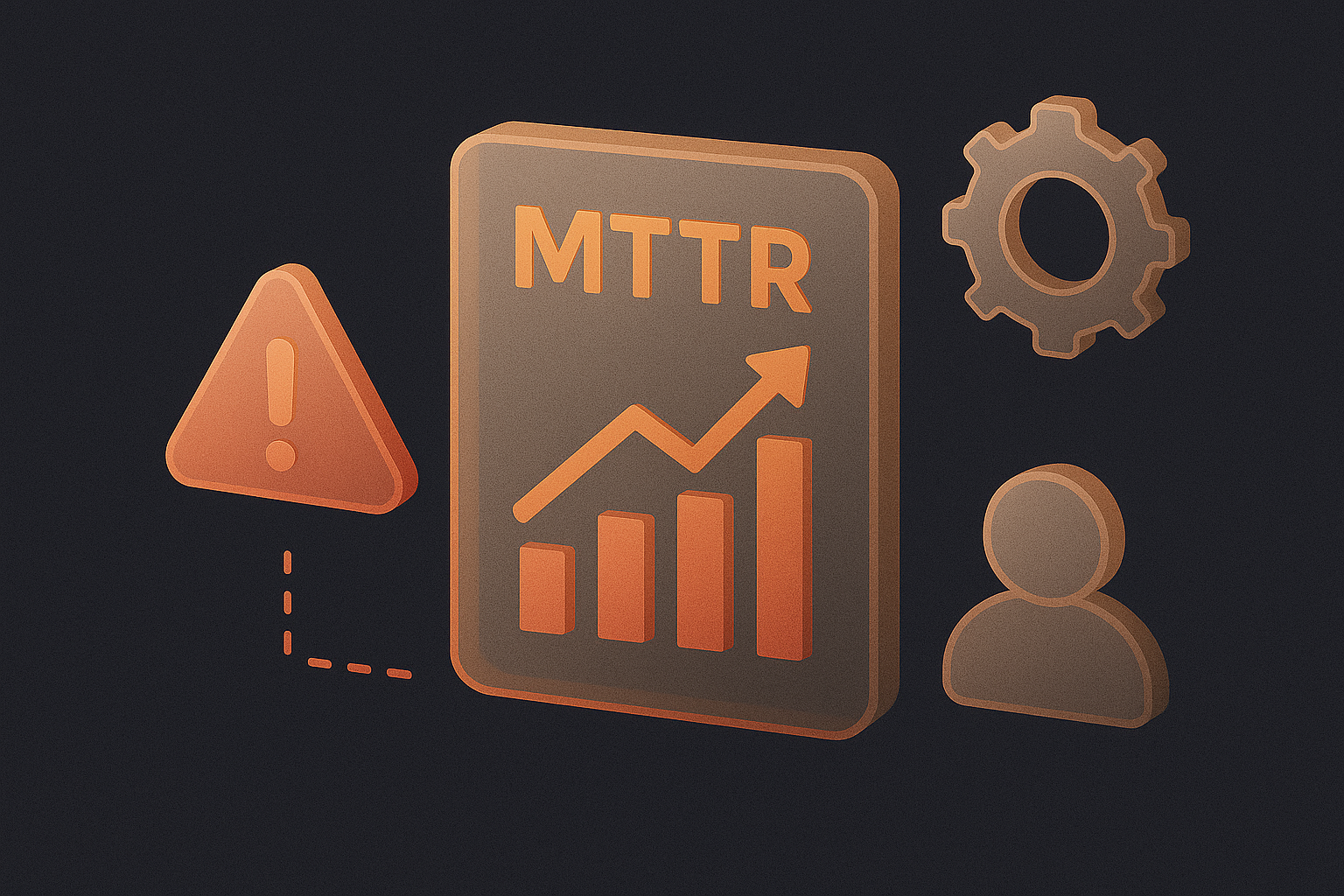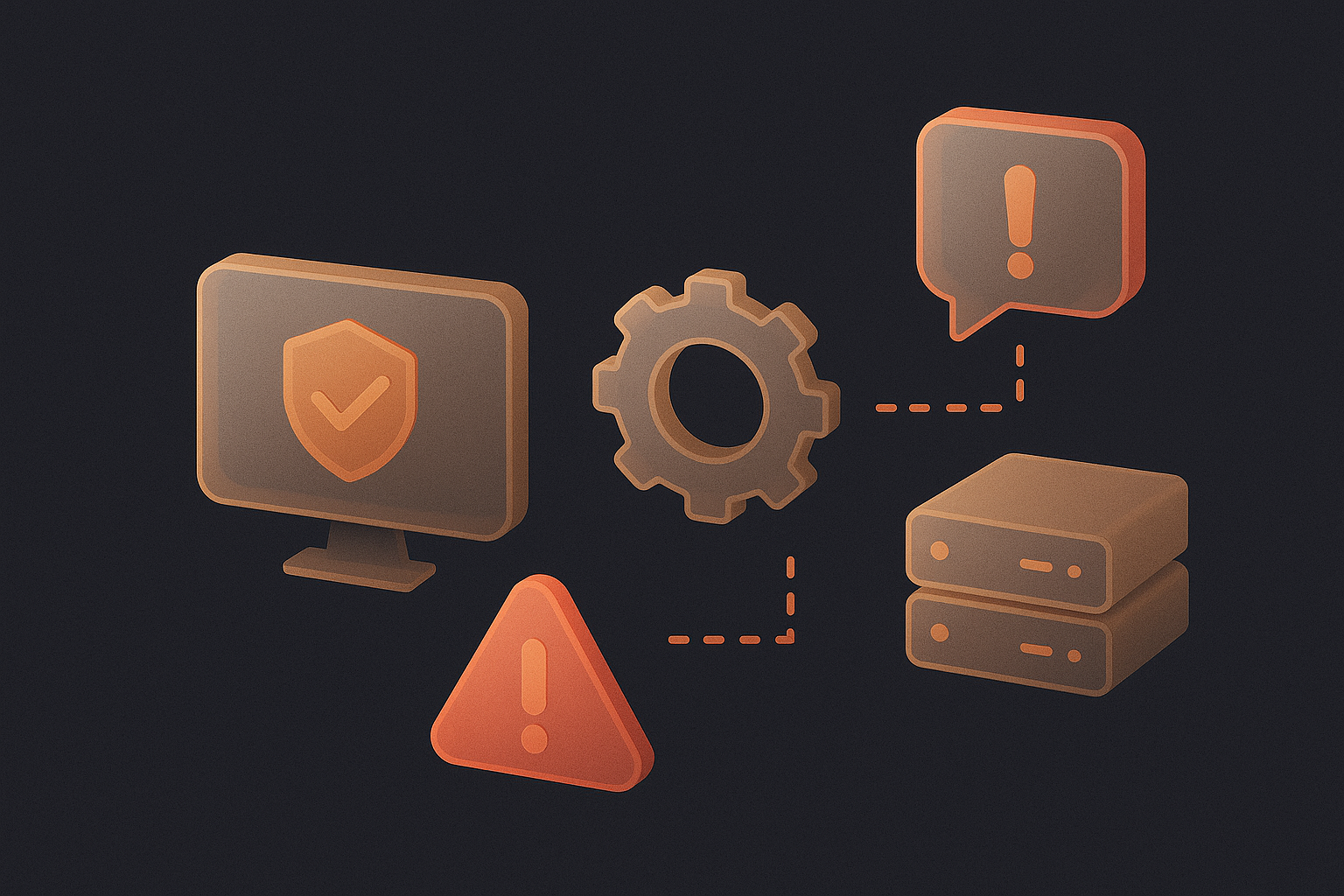In a simpler world, a stakeholder communication plan would be a one-size-fits-all type of item. You could deliver the same notification to everyone with equally successful results.
But in the real world, effective stakeholder engagement messages must be nuanced. The messages you send to different stakeholders when an incident occurs need to be tailored to each category of recipient.
Let’s take a look at why tailoring incident notifications is important, and discuss best practices for doing it effectively.
Disaggregating incident stakeholders
To understand why and how to tailor incident notifications, you first need to identify the different individuals and groups who will receive messages in stakeholder communication plan.
Your distribution list will vary depending on your specific needs, of course. But at many organizations, recipients of incident notifications may include:
- On-call engineers who are responsible for responding to the incident
- The event may need the knowledge of additional engineers or IT team members who are not directly responsible for responding.
- Developers who may not respond directly to an occurrence but must be made aware to resolve flaws in application code
- Executives or managers
- Customers or end-users who are affected by an incident
- Customer relations teams or account managers who may need to prepare to communicate with clients affected by an incident
- PR teams who can help craft a response plan when an incident threatens the company’s reputation
- Legal teams who may need to intervene in situations where an incident creates a legal or regulatory challenge
Obviously, not all of these stakeholders will be notified about every incident. Simple incidents don’t require sending out alerts to CXOs and PR teams, for example. Likewise, developers may only need to be notified about incidents that relate to applications or code they manage. They don’t need to receive notifications for problems that are purely infrastructure-related (such as a disk failure).
Still, the fact is that for many incidents, alerts will need to go out to multiple groups, each of which has a different area of expertise and a different role to play in responding to the incident. Consequently, it is necessary to customize messaging for each group. You want to give each type of stakeholder the information he or she needs to respond effectively, without adding distraction or confusion.
Tailored Stakeholder Communication Plan
In most cases, it’s not feasible to tailor alert messages to each type of stakeholder every time a problem occurs. Nor is it highly practical to attempt to write a different message for each and every stakeholder, since your company may sometimes find itself needing to notify a group or individual that it had not planned to contact previously.
For these reasons, we recommend taking a three-pronged approach to incident notifications by preparing three separate types of messages ahead of time. The three types include:
- A highly technical message, which can be sent to the IT staff and developers. These messages can include all of the technical details about what went wrong and what is happening in response.
- A semi-technical message. This version of the notification can be used for stakeholders who have technical expertise but don’t need the full details on the incident because they will not be directly involved in the technical response. Technical sales representatives and CTOs are examples of recipients for this type of message.
- A non-technical message. This version of the alert includes no technical details on what went wrong, but does include information about which services are affected and how engineers are responding. This information is what account managers, PR teams and legal teams need to craft their response.
When possible, these three messages can be nuanced or tailored further to fit a specific type of incident or scenario. Nevertheless, your team is better prepared to communicate with the appropriate individuals by having these three sorts of fundamental communications ready to begin with.
Privacy surrounding incident notifications
It’s worth noting that part of the value of having multiple versions of the same incident notifications to send out to different stakeholders is that it can help keep sensitive information private.
As a general rule, the fewer people who know the technical details of your infrastructure and operations, the better. By tailoring your incident notifications, you can avoid sharing messages containing extensive technical information with people who don’t need that information. Keep this goal in mind when you design your different messages.
Conclusion
Effective stakeholder communication plan requires sending just the right information only to the right people. In addition to determining who needs to be notified about a given incident, you should also have a plan in place for ensuring that each type of recipient receives the information he or she needs to respond effectively – nothing more, nothing less.


